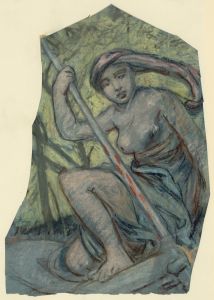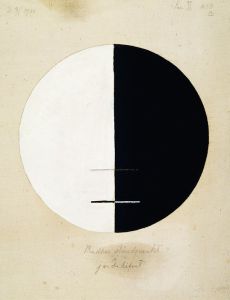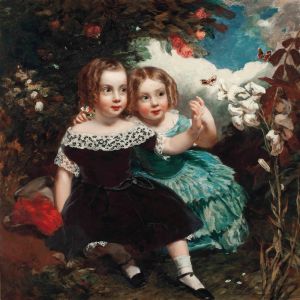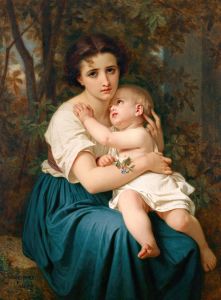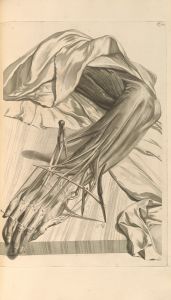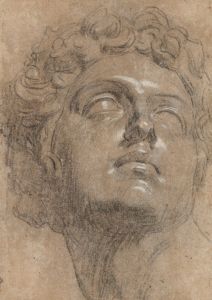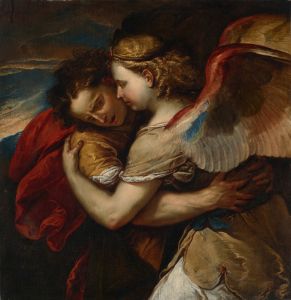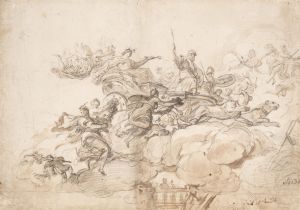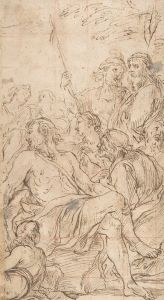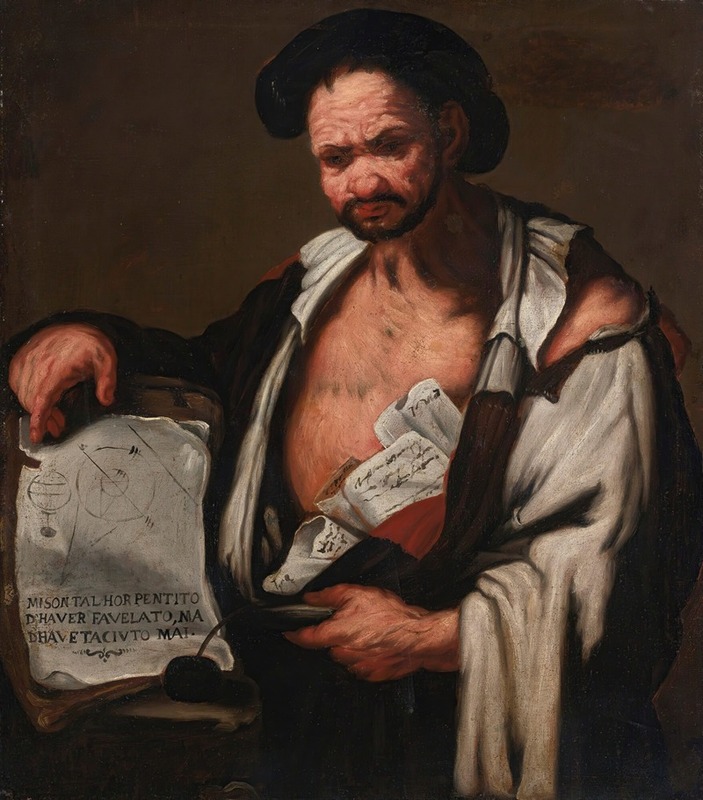
Democratus
A hand-painted replica of Luca Giordano’s masterpiece Democratus, meticulously crafted by professional artists to capture the true essence of the original. Each piece is created with museum-quality canvas and rare mineral pigments, carefully painted by experienced artists with delicate brushstrokes and rich, layered colors to perfectly recreate the texture of the original artwork. Unlike machine-printed reproductions, this hand-painted version brings the painting to life, infused with the artist’s emotions and skill in every stroke. Whether for personal collection or home decoration, it instantly elevates the artistic atmosphere of any space.
Luca Giordano, an Italian Baroque painter, created the artwork "Democritus" around the late 17th century. Giordano, born in Naples in 1634, was known for his prolific output and versatility, working in a variety of styles and genres throughout his career. He was a prominent figure in the Baroque movement, which emphasized dramatic use of light and shadow, intense emotion, and dynamic compositions.
"Democritus" depicts the ancient Greek philosopher Democritus, who is often referred to as the "laughing philosopher" due to his emphasis on cheerfulness and his belief in the value of happiness. Democritus is best known for his formulation of an atomic theory of the universe, which posited that everything is composed of small, indivisible particles called atoms.
In Giordano's painting, Democritus is typically portrayed in a contemplative pose, often with a globe or a book, symbolizing his philosophical inquiries and his interest in the natural world. The painting captures the essence of Democritus's character, reflecting his intellectual curiosity and his joyful disposition. Giordano's use of light and shadow, a hallmark of the Baroque style, adds depth and drama to the composition, highlighting the philosopher's thoughtful expression and the textures of his surroundings.
Giordano's skillful brushwork and his ability to convey complex emotions through facial expressions and body language are evident in this work. The painting not only serves as a tribute to Democritus's contributions to philosophy and science but also showcases Giordano's mastery of the Baroque aesthetic. The rich color palette and the dynamic composition draw the viewer's attention, inviting them to engage with the subject on a deeper level.
Throughout his career, Giordano was influenced by various artists, including Jusepe de Ribera, Pietro da Cortona, and Paolo Veronese. His ability to adapt and incorporate different styles into his work made him one of the most versatile and sought-after painters of his time. "Democritus" is a testament to Giordano's talent and his ability to bring historical and philosophical figures to life through his art.
The painting is part of a larger body of work that includes religious, mythological, and allegorical subjects, reflecting the diverse interests and themes that Giordano explored throughout his career. His works can be found in numerous museums and collections around the world, attesting to his enduring legacy and the lasting impact of his contributions to the art world.
In summary, Luca Giordano's "Democritus" is a remarkable example of Baroque painting, capturing the essence of the ancient philosopher with skill and sensitivity. The artwork highlights Giordano's ability to blend dramatic visual elements with intellectual themes, creating a piece that is both visually striking and thought-provoking.





